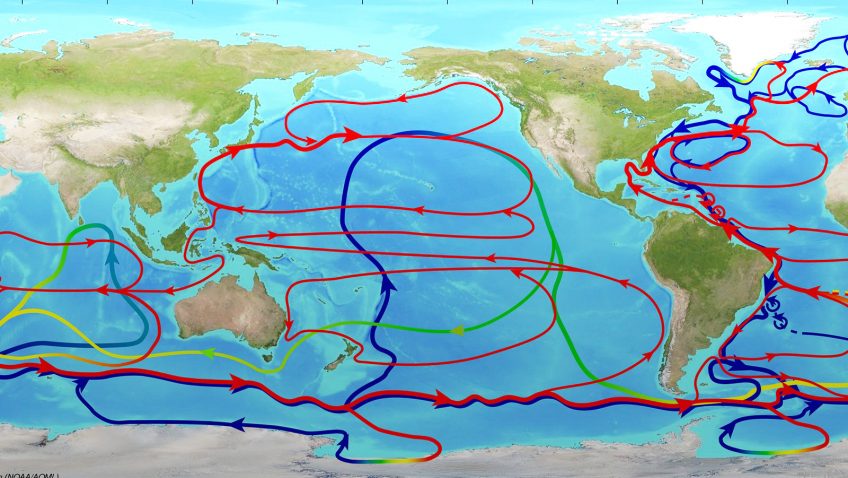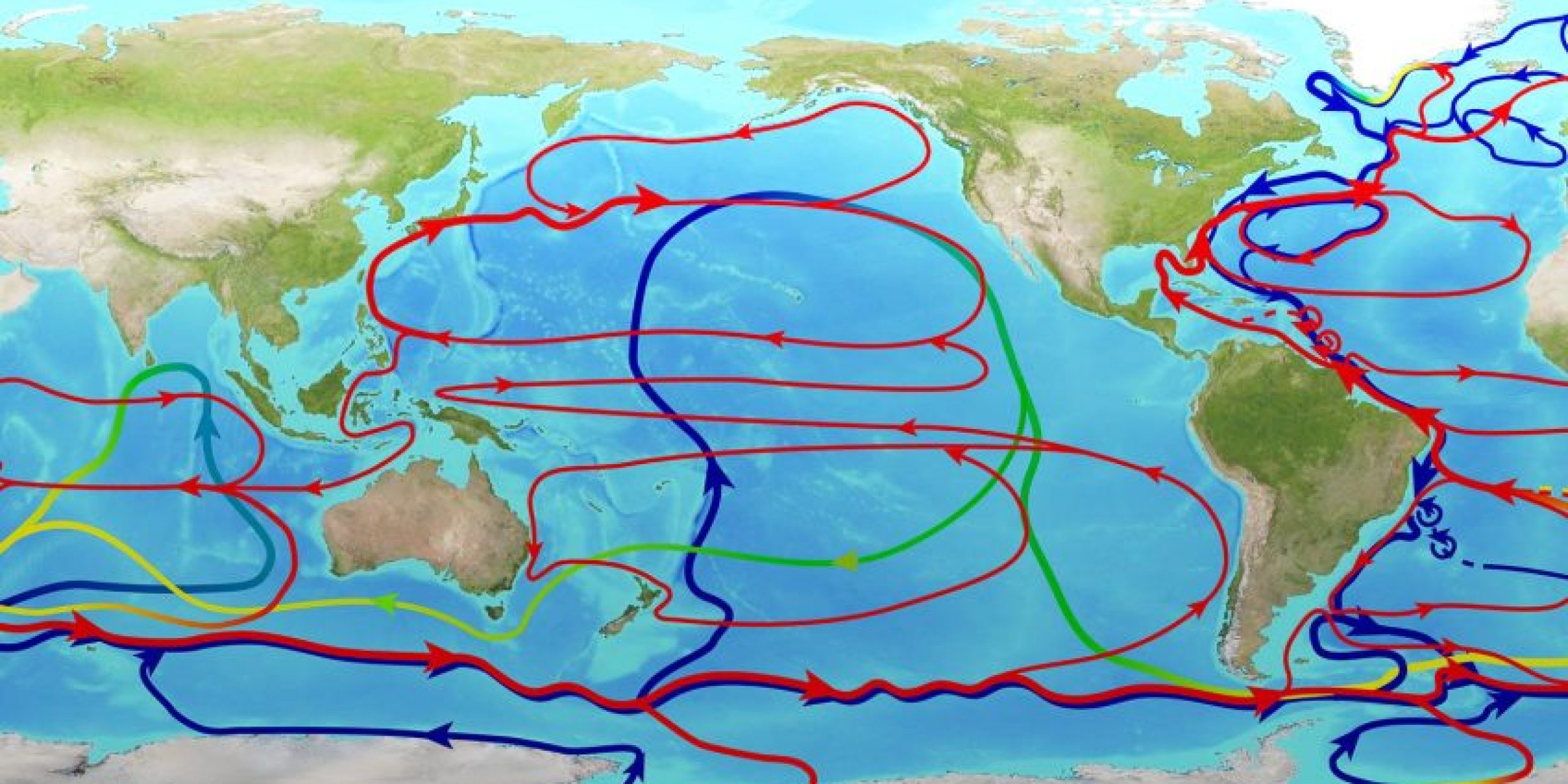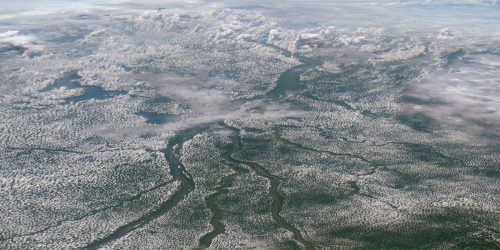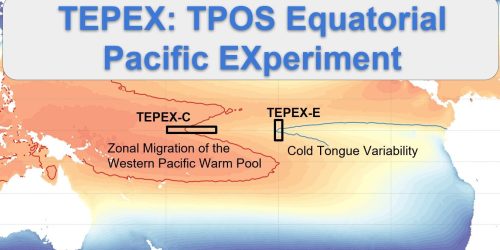The New York Times recently released a visually stunning feature article on the potential slowing of the Atlantic Meridional Overturning Circulation (AMOC)—a large system of ocean currents that carry warm water from the tropics northwards into the North Atlantic. As mentioned in the Times, climate scientists are increasingly seeing signs that this complex current system is weakening, with dire implications for sea levels, drought, and hurricanes. While NOAA was not cited in the Times article, CPO’s Climate Variability & Predictability (CVP) Program has been funding critical AMOC research for the past fifteen years. In fact, CVP-supported researchers are addressing the open questions presented in the Times article. 

Examples from the past 5 years of CVP-funded research include:
What can we learn about the AMOC system itself?
- Multiple projects investigating how the AMOC transports heat, energy, nutrients, and carbon and what the pathways and timescales of this transport can tell us about changes in the AMOC (FY16/FY20).
- A project focused on how climate models represent the deep sea mixing AMOC facilitates (FY16).
What role does the “cold blob”—a patch of the North Atlantic that has gotten colder despite increasing global temperatures—have in the AMOC?
- Several studies using climate models and observational data to understand the cooling trends in the North Atlantic (FY16/FY20).
What role does freshwater play in the potential slowing or even shutdown of the AMOC?
- A project focused on the role AMOC plays in controlling and reacting to the freshwater budget of the Atlantic Ocean (FY16/FY18).
How does AMOC impact important climate events?
- A project focused on AMOC’s impact on global monsoons and what they mean for extreme weather events in the United States (FY16).
- A project investigating how changes in AMOC strength modulate global sea surface temperature (FY16).
- Three projects investigating the relationship between the AMOC and global and regional sea level (historical, current, and/or future), with a focus on understanding coastal impacts and sea level extremes in the US (FY20).
The Times concludes that scientists are not yet sure if the AMOC is slowing already or if this dramatic change is still on the horizon, but that they’re “watching it closely.” CVP-supported scientists, including those at NOAA Labs, Cooperative Institutes, and the external community, are certainly watching. They have been and will continue to be on the frontlines of AMOC research.
The CVP Program has collaborations with Global Ocean Monitoring and Observing (GOMO) and DOE on AMOC research, as well as NSF and NASA through US CLIVAR.
More detailed project descriptions are available for the CVP projects from FY16 and FY20. Image credit to NOAA/AOML.










